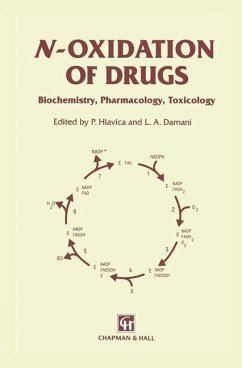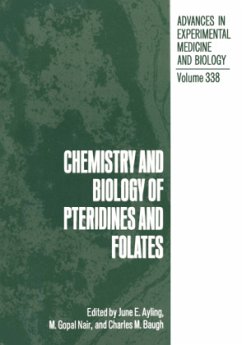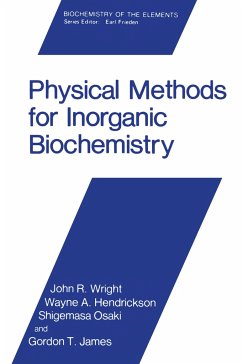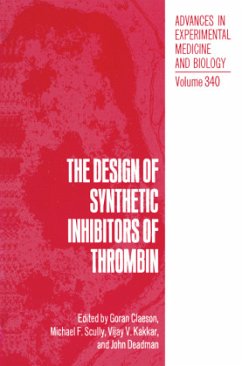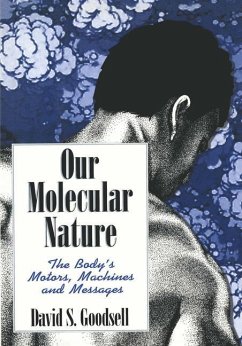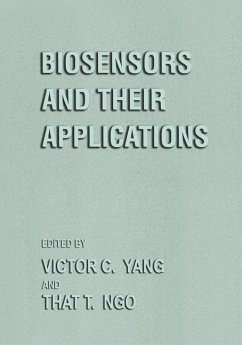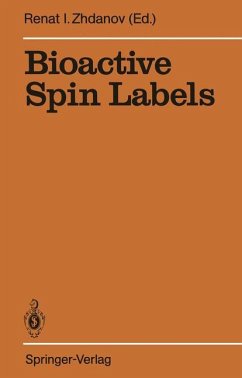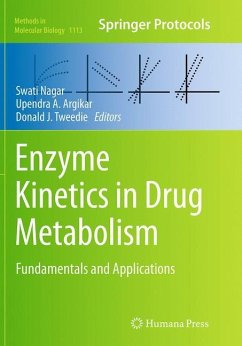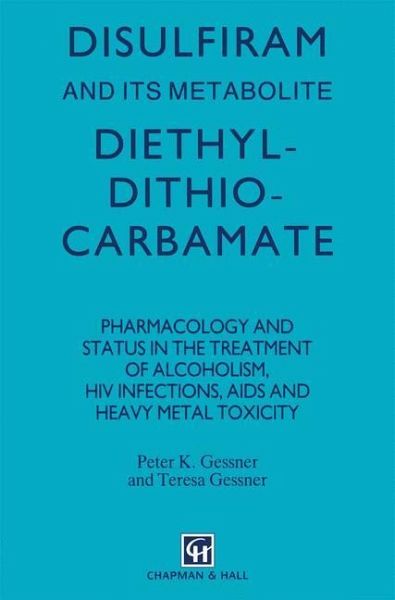
Disulfiram and its Metabolite, Diethyldithiocarbamate
Pharmacology and status in the treatment of alcoholism, HIV infections, AIDS and heavy metal toxicity

PAYBACK Punkte
19 °P sammeln!
This book is aimed at those in the biomedical community that are interested in the therapeutic applications, pharmacology, biochemistry, toxicology and pharmacokinetics of the title compounds. Recent findings regarding the ability of diethyldithiocarbamate (ditiocarb, Imuthiol®) to delay the progression of HN infections and AIDS, the discovery of its potential as a rescue agent in cancer chemotherapy, and the identification of disulfiram (Antabuse®) regimens that allow alcoholics to achieve abstinence of many months' duration have made writing this book an exciting experience. At the same ti...
This book is aimed at those in the biomedical community that are interested in the therapeutic applications, pharmacology, biochemistry, toxicology and pharmacokinetics of the title compounds. Recent findings regarding the ability of diethyldithiocarbamate (ditiocarb, Imuthiol®) to delay the progression of HN infections and AIDS, the discovery of its potential as a rescue agent in cancer chemotherapy, and the identification of disulfiram (Antabuse®) regimens that allow alcoholics to achieve abstinence of many months' duration have made writing this book an exciting experience. At the same time the fact that the two drugs differ substantially in their pharmacological effects in spite of their easy interconvertibility has rendered the writing intellec tually challenging. Diethyldithiocarbamate, an agent seemingly less toxic than aspirin, rivals it in the multiplicity and diversity of its pharmacological proper ties. Notable among these are the manyfold potent immunostimulant effects, and though most of these involve effects on T -cells, the mechanism of diethyldithiocarbamate's action remains far from clear. The drug is also a potent chelator of heavy metals and this has led to a number of clinical applications. As might be expected, it inhibits several important enzymes. Further, it is one of the most effective radioprotective agents; it also protects organisms against a variety of toxic agents.





